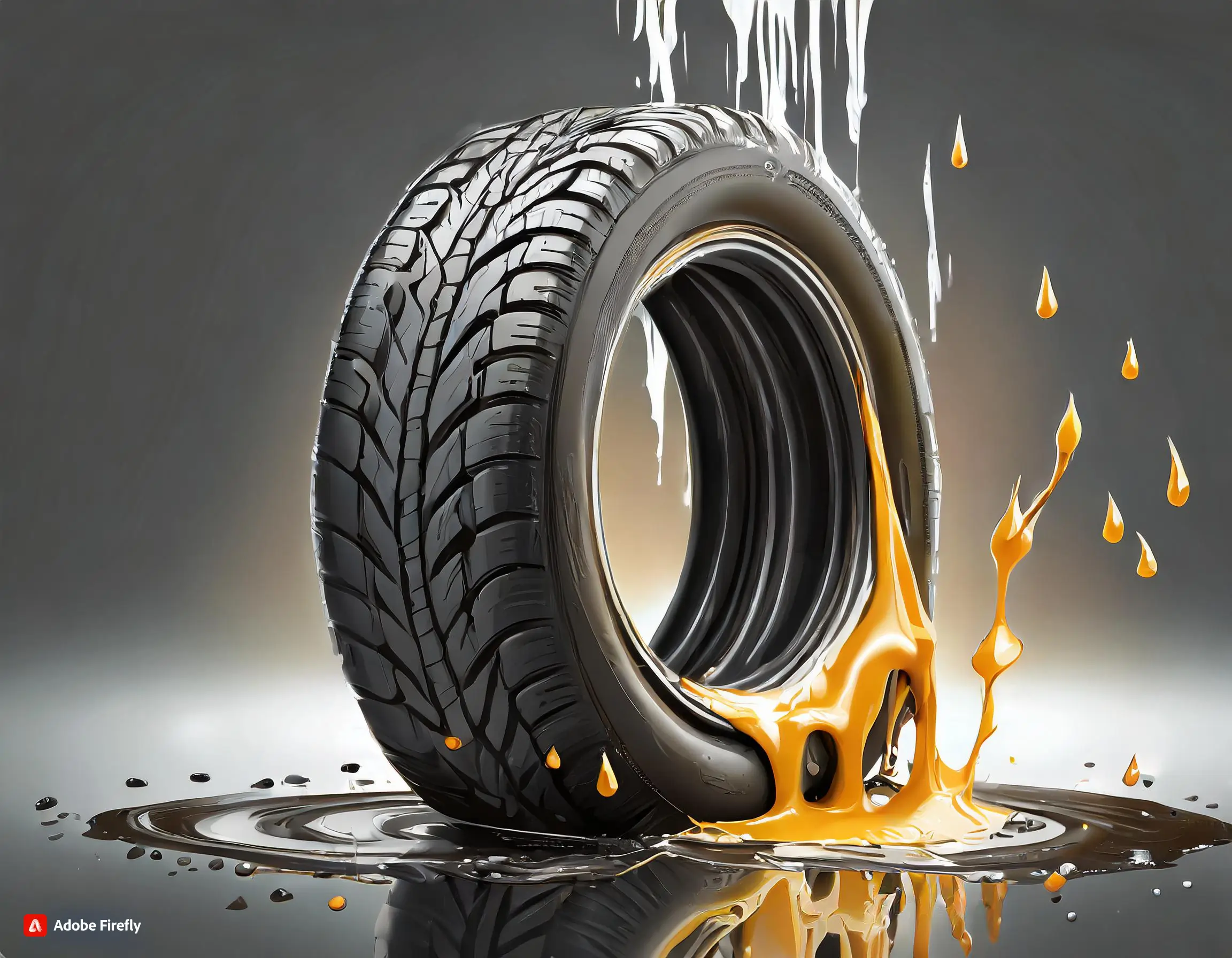Is it True Tire Can Melt Because Of Heat?
In the summer season, a number of vehicle owners think that their beloved vehicle’s tires can melt due to the heat. I also had doubts about it, but now I know the truth. Let me inform you now.
Can tires literally melt from heat?
No, tires do not melt because of heat. You often see in the summer that many tires are on the side of the road and they are just like waste, but it’s not due to heat.
Tires do have chances to blow out when the sun is at its peak. To avoid it, you should take care of the tire pressure and don’t overfill it with air.
How to melt tires?
I have worked in the recycling industry and learned a lot about tires. A tire doesn’t just melt like ice does.
The rubber in tires can be made new again and used in different parts of things. Every year, 250 million tires are thrown away just in the United States.
According to the basic principles of recycling, we don’t melt rubber like we wash dishes in a kitchen sink. Instead, tires are ground up and turned into materials for products like shoes or an exhaust hanger.
The process makes tires into small bits, not melted stuff because tires can’t really be recycled by melting due to what they are made of. It’s essential to keep tires from being dumped and use them in useful ways.
Tires are made of rubber and metal materials. It is hard to separate these parts because they are mixed together. A centrifuge machine, which is a big machine that spins fast, helps in doing this. As it spins, the heavy metal materials fall down because they are heavy, and the lighter rubber floats up and is separated.
Next, the rubber goes into a heating chamber. Here, shredded rubber is poured into the chamber and heated to between 750 and 1,000 degrees Fahrenheit. At this high boiling point, the heavy oils in the rubber turn into liquid. This liquid then moves down the outlet pipe and can be seen floating on the top, which helps technicians check if the rubber has properly melted.
For those who work with tires or just want to know more about them, learning about parts like the Tight Tire Valve Stem or how to Stretch a Tire is very useful. There are guides like a tire sizing guide that help handle tires well during the recycling steps. These guides make sure every tire is treated carefully and placed gently in the tire shredder. The shredder cuts up the tire at its opening, readying it for the melting part.
It’s important to know about the liquid and heavy oils in tire recycling. Keeping a high boiling point in the heating chamber is crucial. The right density and temperature settings help turn the rubber into a usable liquid form. This careful control of conditions makes it possible to pour the liquid out effectively, showing the interesting science behind recycling tires.
What is the process of recycling old tires?
Old tires are turned into new things through a special process. One recycling method uses something called cryogenic grinding. I’ve seen how this works at places where they recycle things.
They cool the tires using liquid nitrogen, which brings their temperature down to minus 148 degrees Fahrenheit. This low temperature makes the rubber brittle, and it becomes easy to crush it into half-inch pieces.
Next, these pieces are made even smaller in a grinder. They become as tiny as 180 microns in diameter—that’s as small as paint particles. This fine powder can be mixed into plastic asphalt or used to make new rubber tires.
It’s amazing to see how things that could have been thrown away in landfills are turned into useful materials. Seeing tough rubber change into a fine powder that can fit through a tiny screen was a surprising part of learning about this advanced recycling method.

